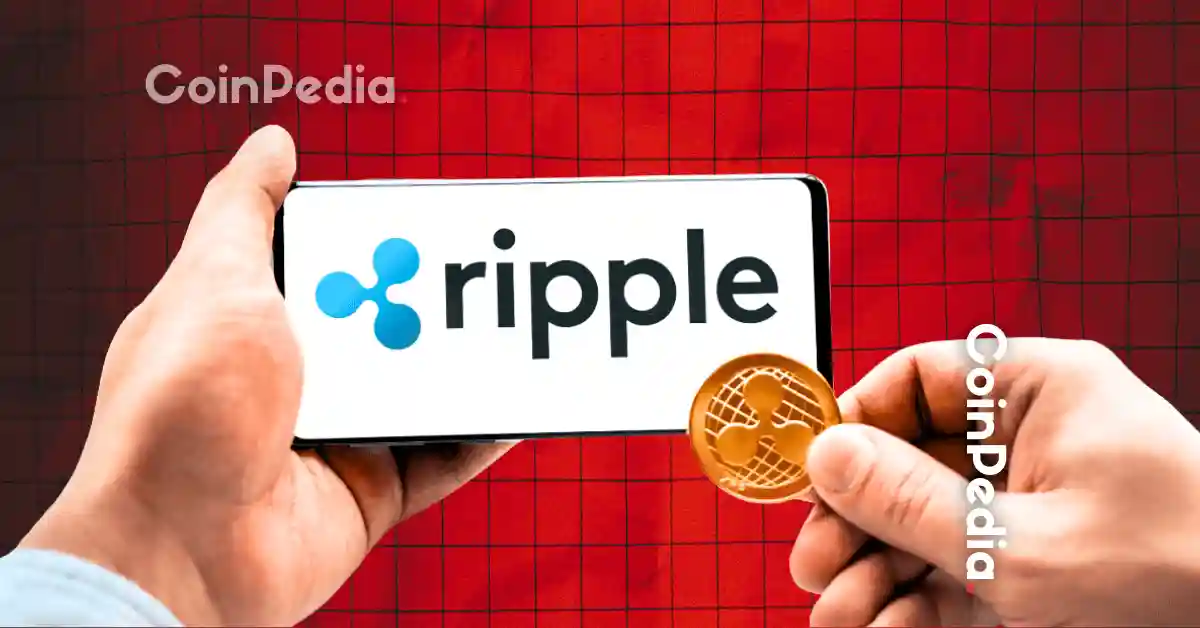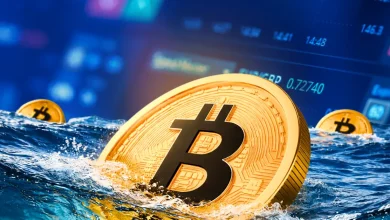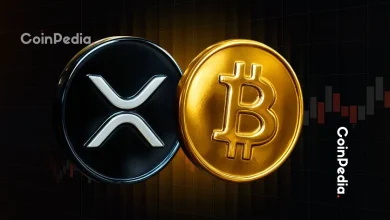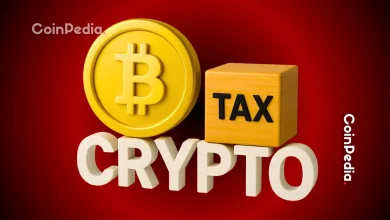
Ripple uses XRP as a bridge currency to speed up and lower payment costs globally.
Central banks pilot Ripple’s technology to connect digital currencies and traditional money systems.
XRP hit $3.62 earlier this year, showing strong growth despite recent small price drops.
XRP is more than just a crypto token that goes up and down in price. Earlier this year, it hit a new high of $3.62 and now trades around $3.13, with a small drop in the last day. Behind this, Ripple’s technology is changing how money moves between countries. So, what could this mean for XRP’s future and the world of finance?
Building Faster, Cheaper Global Payments
For decades, international money transfers have been slow and costly, often taking days to settle due to outdated systems like SWIFT. Ripple’s solution uses XRP as a bridge currency to move money quickly and cheaply across borders without the need for banks to hold large foreign currency reserves.
This is not just a plan on paper anymore. Ripple’s system is already running in active payment corridors across Asia, Africa, Latin America, and the Middle East, where real money moves every day.
While the U.S. has been cautious with crypto regulations, Ripple has pushed forward internationally, securing licenses in financial hubs like Singapore, the EU, and the UAE. This legal clarity is key, without it, banks and governments won’t commit to using new payment technology.
Why Central Banks and Tokenization Boost XRP’s Role
However, Central banks worldwide are exploring digital currencies, many piloting Ripple’s private ledger technology. XRP could act as the neutral bridge enabling these digital currencies to work together and with traditional money.
Beyond government money, tokenization of assets like real estate and bonds is accelerating, increasing the need for instant settlement and deep liquidity — roles XRP is designed to fill.
Ripple, the company behind XRP, offers an alternative. Its On-Demand Liquidity (ODL) system lets banks convert money into XRP, transfer it instantly across borders, and convert it back into the local currency, all in seconds. No middlemen. No frozen funds. No costly delays.
Ripple SEC Lawsuits
XRP’s path hasn’t been smooth. Ripple’s long-running lawsuit with the U.S. Securities and Exchange Commission caused uncertainty, especially in the U.S. market. However, a 2023 court ruling clarified that XRP is not a security, easing regulatory fears
Earlier this year, XRP hit a new all-time high of $3.62, surpassing previous records and signaling growing market interest. Currently trading around $3.13, it has seen a slight dip in the past 24 hours but remains a top performer among large cryptocurrencies.
Never Miss a Beat in the Crypto World!
Stay ahead with breaking news, expert analysis, and real-time updates on the latest trends in Bitcoin, altcoins, DeFi, NFTs, and more.
FAQs
XRP is a bridge currency used in Ripple’s ODL system. It lets banks instantly convert local currency into XRP, send it, and convert it back, eliminating slow, costly SWIFT transfers.
Ripple has secured licenses in hubs like Singapore, the EU, and the UAE, which is crucial for building trust with banks and governments and encouraging them to adopt new payment technology.
Many central banks are exploring digital currencies on Ripple’s private ledger. XRP could serve as the neutral bridge to facilitate seamless transactions between these different digital currencies.
Trust with CoinPedia:
CoinPedia has been delivering accurate and timely cryptocurrency and blockchain updates since 2017. All content is created by our expert panel of analysts and journalists, following strict Editorial Guidelines based on E-E-A-T (Experience, Expertise, Authoritativeness, Trustworthiness). Every article is fact-checked against reputable sources to ensure accuracy, transparency, and reliability. Our review policy guarantees unbiased evaluations when recommending exchanges, platforms, or tools. We strive to provide timely updates about everything crypto & blockchain, right from startups to industry majors.
Investment Disclaimer:
All opinions and insights shared represent the author's own views on current market conditions. Please do your own research before making investment decisions. Neither the writer nor the publication assumes responsibility for your financial choices.
Sponsored and Advertisements:
Sponsored content and affiliate links may appear on our site. Advertisements are marked clearly, and our editorial content remains entirely independent from our ad partners.








